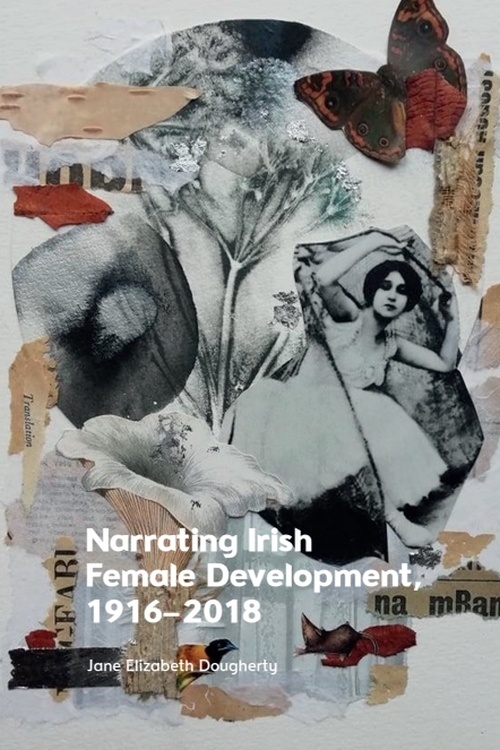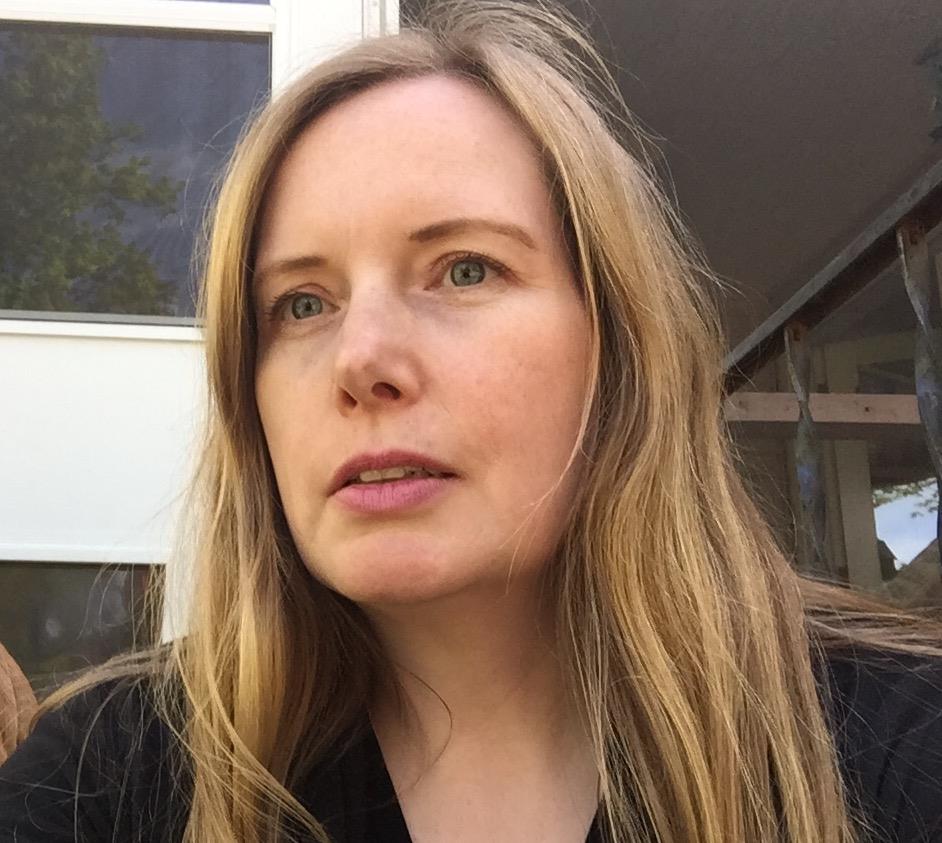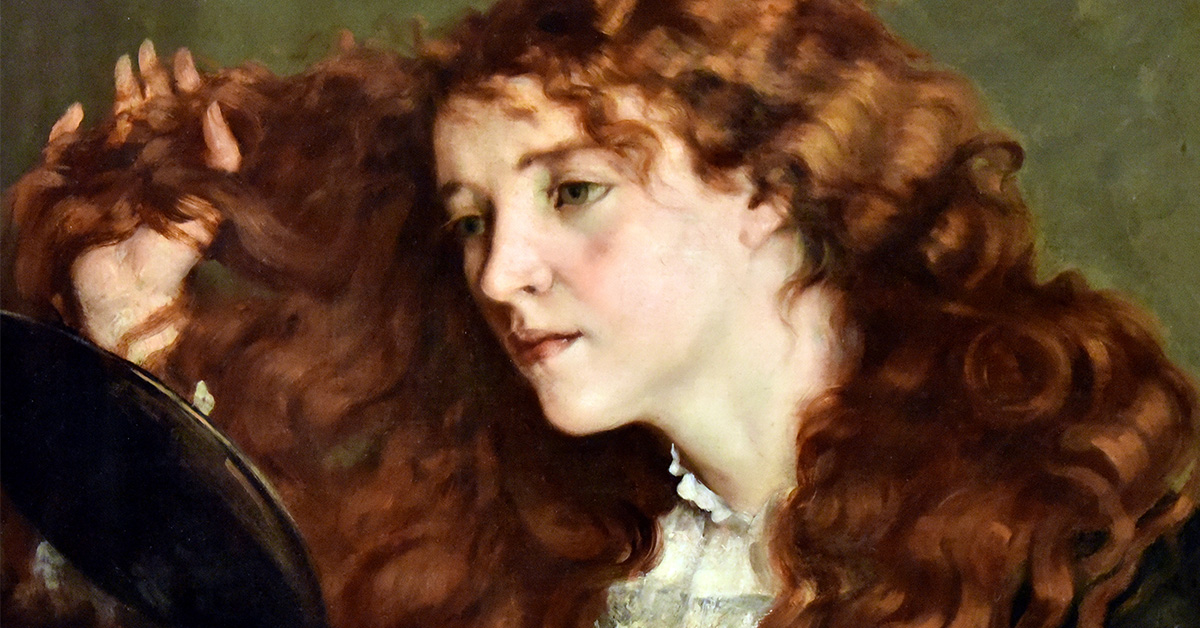
by Jane Elizabeth Dougherty

Narrating Irish Female Development 1916-2018 offers the first full-length study of Irish female developmental narratives
Ireland’s Adulthood, and Mine
My book, Narrating Irish Female Development, 1916-2018, has its intellectual origins in a time of maturation for both Ireland and myself. In 1991-1992, I was a young exchange student at Trinity College Dublin and Ireland was in transition. The liberal feminist lawyer Mary Robinson had just been elected as President of the Irish republic, which augured to many commentators a new adulthood for this postcolonial state. Robinson herself asserted that ‘we are coming to a kind of maturity about ourselves’ that ‘is replacing a kind of worrying uncertainty which…comes from a kind of postcolonial hang-up.’[i] For Robinson and other Irish feminists, this maturation depended on changing the legal and social status of Irish women.
Unbeknownst to me, I had arrived in a country in which the availability of contraception was circumscribed and even providing information about abortion was illegal. The bathrooms at Trinity were scribbled with anonymous inquiries about contraception, abortion, and domestic violence from desperate women. The country in which these young women were citizens could not acknowledge the reality of their embodied experiences.
During my time in Ireland, a formative experience for me personally, a popular bishop was revealed to have fathered a child, and a 14 year old pregnant rape victim, now known as Miss X, was prevented from leaving the Republic of Ireland for an abortion. This case destroyed the Irish cultural consensus that abortion is wrong in all circumstances, though it took many more years to legalize abortion in the Republic, which occurred by referendum in 2018 after the preventable death of Savita Halappanavar.
Never a Child but Becoming a Woman
If the X case was finally adjudicated in 2018, the questions this case raises about Irish female development remain. Simone de Beauvoir famously argued that one is not born a woman, but rather becomes one. But when does one become a woman? In the Irish symbolic order, this is not an easily answered question.
In her 2012 autobiography Everybody Matters, Robinson notes of her physician father that he brought many babies into the world and that he was frequently asked by family members if the newborn infant was “a boy or a child.”[ii]
This might at first seem to be a strange distinction. Yet as Angela Bourke notes, the term “girl” had an idiomatic status in Ireland, meaning that it applied to a maiden—an adolescent deemed eligible for marriage but not yet married—and not to a young female child.[iii]
One of Miss X’s supporters argued in 1992 that “[t]his girl, as she is being called, is not a girl. She is a child and this judgment has gone against the wishes of her parents.”[iv] As Lisa Smyth’s research has shown, despite her status as a “maiden” and her pregnancy, Miss X’s supporters wished her to go unrecognized as a girl or woman. Neither puberty nor pregnancy made Miss X a girl or a woman, at least in the eyes of her supporters.
These examples reveal that the process by which, or the moment when, an Irish female child becomes a woman is unclear.
Developing Into an Irish Woman
If there is no agreed-upon cultural story of how and when an Irish female child becomes a woman, then it must be difficult to write a fictional or even non-fictional account of Irish female development. Each writer of such a story must feel that they are journeying without a map.
Indeed, Irish female developmental stories have been largely overlooked by critics, or seen as somehow counterfeit, pale imitations of the Irish male developmental story. The artistry of the Irish female developmental story has repeatedly been questioned, even by some of its own writers. Critics have derided Edna O’Brien’s fictions of female development as merely confessional, and Maud Gonne’s memoir as concocted; the memoir writer Nuala O’Faolain called her own narrative “accidental,” while Lady Augusta Gregory’s was never meant to be published.
My book examines these Irish female developmental narratives. One of its key arguments is that the lack of a coherent cultural story of Irish female development has enabled and disabled Irish literary stories, both fictional and nonfictional, of female development. In particular, the Irish female child is often strangely marooned within the narrative, discursively disconnected from the adolescent and adult that she is meant to become, just as Miss X’s child identity was separated from her own developing adolescent body even by those who sought to make her country acknowledge the realities of her embodied experience.
[i] Qtd. in Lorna Siggins, The Woman Who Took Power in the Park. Mainstream, 1997. P. 186.
[ii] Mary Robinson, Everybody Matters: My Life Giving Voice. Bloomsbury USA, 2013. P. 14.
[iii] Angela Bourke, Maeve Brennan: Homesick at the New Yorker. Counterpoint, 2004. P. 16.
[iv] Qtd. in Lisa Smyth, ‘Narratives of Irishness and The Problem of Abortion,’ The X Case 1992.’ Feminist Review 60 (Autumn 1998): 61-83, 67.
Sign up to our mailing list for news, articles, 30% off books and more
About the author

Jane Elizabeth Dougherty is Associate Professor in the School of Literature, Writing and Digital Humanities and affiliate faculty in the School of Africana and Multicultural Studies at Southern Illinois University Carbondale.





